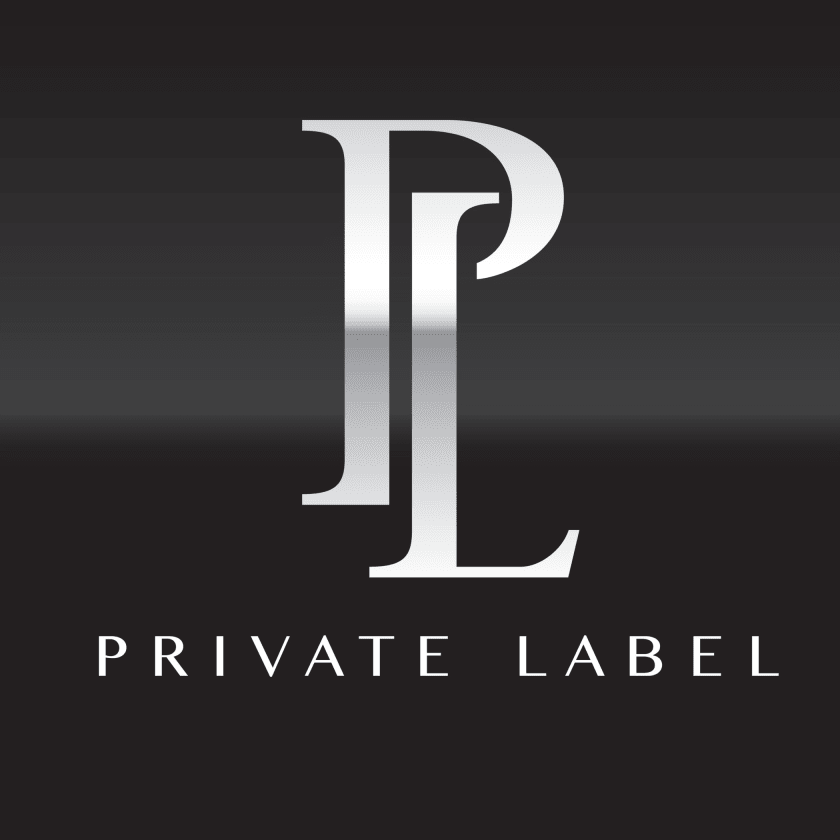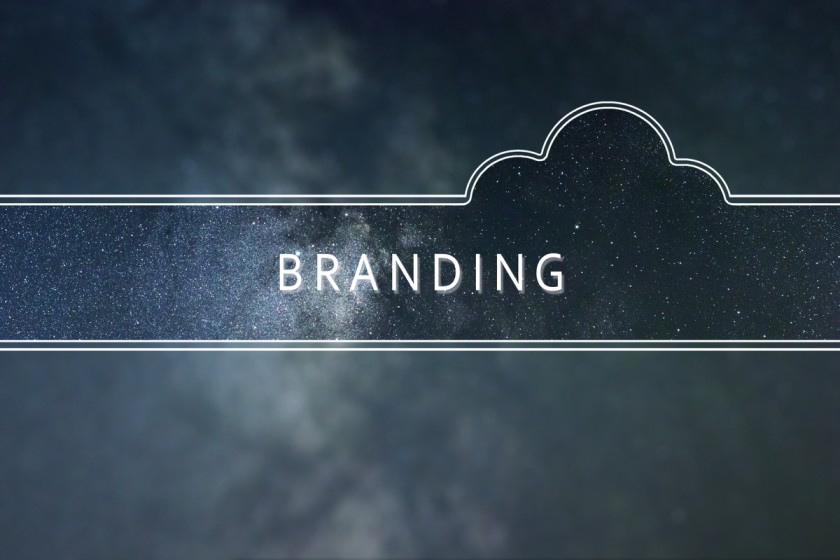Top 2 Tips to Design and Develop Your Fashion Label's Unique Selling Point



Starting a clothing line, especially in the fashion industry, seems easy to some. Many designers create collections of amazing looking outfits and designs with each collection they make; it becomes difficult for anyone to create something unique. The truth is that because people are passionate about clothing brands, it becomes almost impossible not to become successful even if one isn't great at what they do.
A clothing brand needs more than an exquisite apparel design to create a lasting business. It also requires the proper designs and marketing materials, and suitable exhibition locations, such as pop-up shops, to enact its vision of crafting distinctive styles with finesse. Also, independent designers need to know how to manage and run an effective business from the very beginning to succeed because this is what all designers should think about when creating a private label brand. Things like making sure you create social media accounts, hire staff, and even get yourself set up with a bank account as soon as possible!
So, do you design clothing or have a knack for creating apparel? If you're curious about starting your clothing line (perhaps part-time or full-time) and wonder what the first steps to take on that journey may be, let's get down to it. This is your step-by-step guide on starting a clothing line, including the steps to help get you ready for what to do before actually creating the garment in the design step, how sampling is done, and how production works. You'll learn about finding partners or investors and more.
Understand The Initial Process:

1. When you set up a small clothing business, you must realise the crucial importance of branding - especially in fashion. Clothes are very personal because they express our identity and help us express ourselves in everyday life. As a result, clothing labels are a way to either tell people who we are or where we've been in the past (for example, if you're coming home from work). So your clothing brand must reflect your vision of yourself and who the audience of your products is likely to be.
When trying to find an online brand, it's easy to be tempted by all the opportunities. Some sites are easy enough to navigate, and some are downright confusing. Focus on your basics at first, particularly if they relate most closely with what customers will want from you, and be aware that in the fashion industry, as fast-moving as online shopping is; you're bound to have many great business ideas for a clothing line, but you need to focus on one! We know it can be much fun, and we want you to enjoy spending time designing your new brand but keep in mind that diving into every idea will take up unnecessary time.
2. Once you've defined your target customer profile and determined exactly what type of clothes you want to make, you can start developing a business plan for how you're going to conduct business. From your start-up costs and operational budgeting to studying industry trends and selling prices, information on cash flow, and deciding on the type of legal structure (sole proprietorship, partnership, or corporation), all of this is important in developing a business plan that'll get you started on your career as a clothing store owner. Writing a business plan for your clothing brand will help you lay the groundwork for its future. A detailed business plan should include a mission statement that is unique to your business whose sole purpose is to both identify and define your company, introduce yourself as the owner, and give an idea of the products and services you sell, to whom those products are sold, and at what price they're sold. If you're not prepared to price your goods yet, include an explanation in this section or under your strategies section.
3. For a clothing line to be successful, it's important to realise that there are many things to consider before you can begin making any money. Before you start creating fashion, the first thing you'll need to assess is your start-up cost. These costs outweigh anything else at this stage, and if you don't get an accurate idea of how much each garment will cost, you may not be able to handle later draws on the capital as such refined sales staff or advertisements will increase your sales.
4. If you're in the clothing business, try and get into the habit of figuring out an average estimation of how much material you'll need to fulfil your order from start to finish (including cutting, sewing, packing and shipping the orders) so that you know how much to buy ahead of time rather than wasting your resources (both money and time). If you're planning to work with wholesale garments bought from pre-existing sources, then make sure you're finding the best price/quality relationships by researching different options available for purchase to help keep production costs down and final product costs for consumers. Running smart calculations will allow for more efficient planning and designing when it comes down to developing your clothing line collection list.
5. Confidence can be perceived in many ways. In terms of fashion, the appearance of your outfit and how it's made have a big impact on how customers perceive your value. Cheaply made clothing that looks expensive can have a higher perceived value than expensive clothing that is well made. Most customers have no idea how much time, money, and effort to make a particular garment; they only understand what they see, so pay attention to your branding! A logo is usually the first thing people see. Research has shown that most consumers tend to make judgments about a brand in .05 seconds - so it's vital to make sure your logo represents your brand well and sets you up for success.
Build Your Brand's Presence

Your visual brand is just as important as your product or concept. You can make all the pre-launch hype you want, but if people don't know what to expect when they first visit your brand new website, they'll feel uninspired, probably confused and underwhelmed. You can create a much more personal connection with your concept simply by creating an online lookbook featuring potential products on your website. This will allow you to demonstrate better how each style will look in real life and give customers an idea about your products’ looks. However, if you'd like to break through the noise and create a truly identifiable brand for yourself, custom designs are what you need!
Maintaining an active profile on social media is a must if you want to grow your business, especially during the early phases of your company's launch. As well as showcasing your products, it also helps you build up a social following, so make sure you do this on sites like Facebook, Twitter, Instagram, and Pinterest. Not only does this expand your brand's reach and effectiveness, but it can also be extremely beneficial in searching for micro-influencers. When starting as a clothing brand, it makes sense to consider working with affinity brands. You can benefit from their existing platforms, thus getting your products into the public eye. One way in which social media can help build a strong bond between start-up businesses and their target audience is by concentrating on creating content that will further establish them as an authority on youth culture and fashion.
As a result, many people have considered these tips when designing their creations and storefronts. They've found that maintaining the quality of an outward appearance is just as important - if not more so - in relation to business branding and profitability. This has arisen smarter design practises by forward-thinking entrepreneurs looking to enrich their businesses with beautiful designs—contact Fashinza for outsourcing clothing and more such tips.



















